
views
Whether you are growing ferns indoors in a container or outdoors in your garden, you should divide them every three to five years. However, dividing the ferns properly based on their root structure and at the right time of year are essential steps to getting your new divisions to grow.
Determining Your Fern’s Root Structure
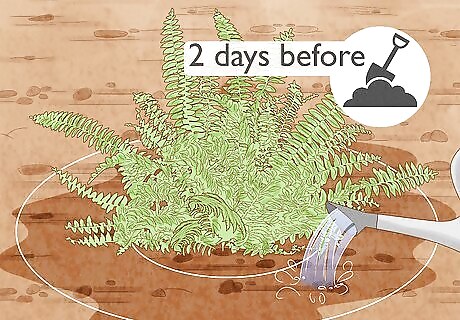
Water the fern generously two days before digging it up. Make sure your fern is well-hydrated as the plant’s ability to absorb moisture will be diminished for a week or two after it is divided because its root system will be compromised.
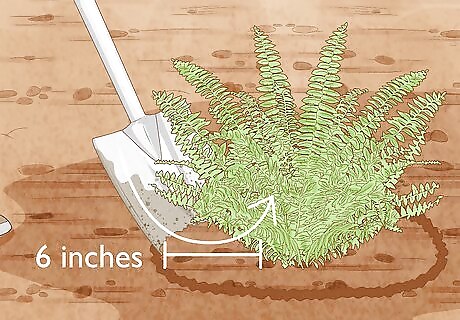
Dig up an outdoor fern with a shovel. Push the shovel straight down into the soil about 6 inches away from the fern stems, all the way around the fern. Then, push the shovel in again and lift the fern up out of the soil on the tip of the shovel.
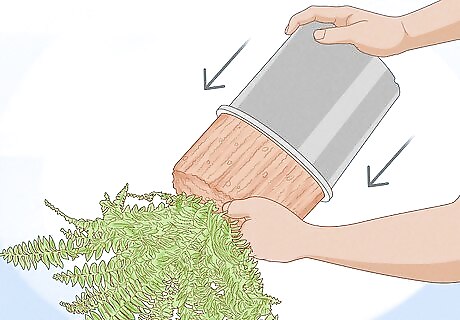
Use your fingers to get an indoor fern out of its pot. As an indoor fern may be difficult to get out of its pot, you can grasp the fern’s leaves at the base gently between your fingers and tip the container upside down. The fern should drop out of the pot. If the fern does not slide out easily, tap the container against the edge of a counter or table to work it loose.
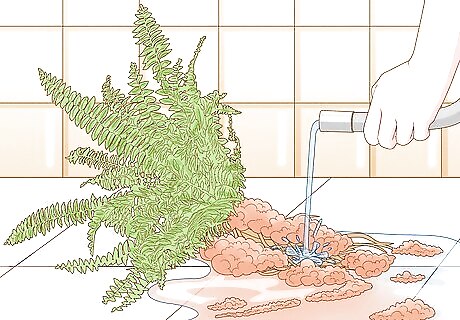
Rinse the soil off the roots gently with a hose or under a faucet. You want to avoid ripping or tearing the roots so also wash them off carefully and on a gentle or low stream of water.
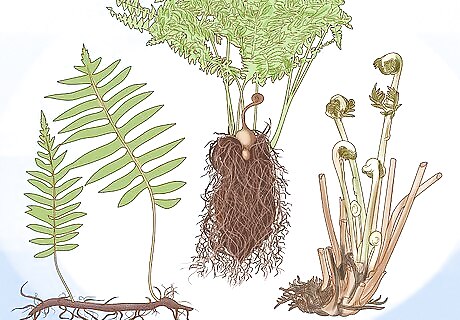
Examine the roots to determine if they are rhizomatous, clumping, or spreading. There are different methods for properly dividing your fern depending on your fern’s root structure. Rhizomatous roots are thick, underground stems from which smaller fibrous roots grow. Your fern may have sections of thick, fleshy roots with fine roots growing from them. Ostrich ferns (Matteuccia struthiopteris) are commonly grown ferns with rhizomatous roots. Once the soil is washed off, the fern’s roots may appear as a mass of fine, fibrous roots growing from the center of the fern. These are clump-forming roots. Royal fern (Osmunda regalis) is one of the fern species that has a clump-forming root system. A spreading root system is somewhat similar to a clumping root system but the roots originate from all over the entire underside of the fern rather than just the center. Sword fern (Polystichum munitum) is a commonly grown species that has a spreading root system.
Dividing the Fern
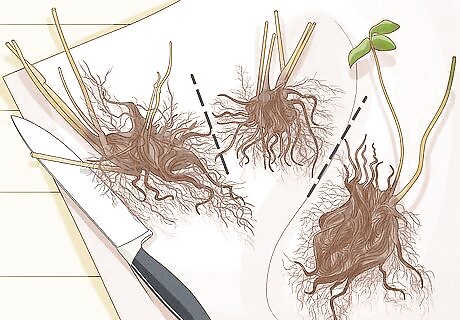
Divide a fern with rhizomatous roots by cutting the rhizomes apart. Each division must have at least one rhizome with healthy fibrous roots and several leaves.

Divide a fern with a clumping root system by cutting them into sections with a sharp knife. Position the knife between the leaves over the thick, fleshy crown and push the knife down through the crown. Each division must have a section of the crown where the roots originate and several healthy leaves.
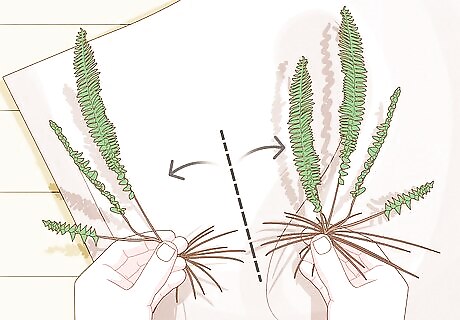
Divide a fern with a spreading root system by working it apart with your fingers. Each new division needs to have a few leaves with a healthy mass of roots attached. If a few roots remain attached between two sections, snip the connecting roots with scissors.
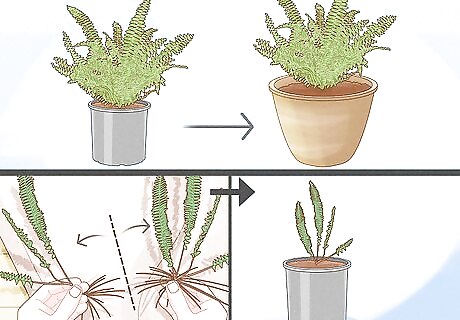
Repot or plant the new divisions right away. Be sure to only repot or plant healthy divisions. Discard the dead centers from clumping ferns and damaged or diseased rhizomes with dark, mushy, unhealthy-looking sections. Water the newly-planted or potted divisions generously right after planting them. Pour the water evenly over the potting soil until it drains freely from the bottom. Be sure to water them again when the top of the potting mix begins to dry.
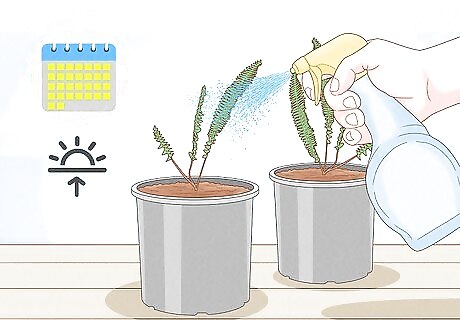
Mist the new divisions every morning for one month to ensure they get enough moisture. It takes time for the fern’s roots to recover and begin absorbing enough moisture so misting them each morning will help your plant get through the repotting phase. If your fern starts to drop their leaves, this is a sign they are not getting enough water. So if this occurs, increase how often you water them.
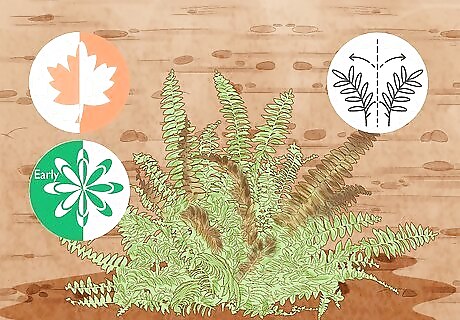
Always divide outdoor ferns in the fall or in early spring. The best times to divide outdoor ferns are in the fall when they lose their leaves after the first hard frost or very early in the spring when they begin to send up new shoots.
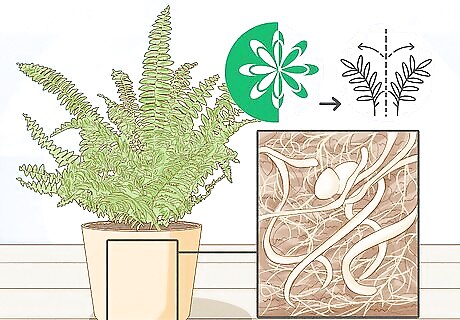
Always divide an indoor fern in the spring once its container is full of roots. This indicates that your fern has become pot-bound or has outgrown its container. Dividing the fern will allow you to cultivate new ferns to replace the pot bound one. Be very careful and gentle if you do any spring divisions of your fern as you don't want to damage any of the fern’s tender leaves.

Keep in mind that the type of fern you have will determine it's hardiness. While ferns are generally hardy in USDA Hardiness Zones 3 to 12, their level of hardiness varies greatly from species to species. The Christmas fern (Polystichum acrostichoides) is able to survive winter temperatures down to -40 degrees Fahrenheit while Boston ferns (Nephrolepis exaltata), one of the most common houseplant ferns, is hardy only in Zones 10 to 12.
















Comments
0 comment